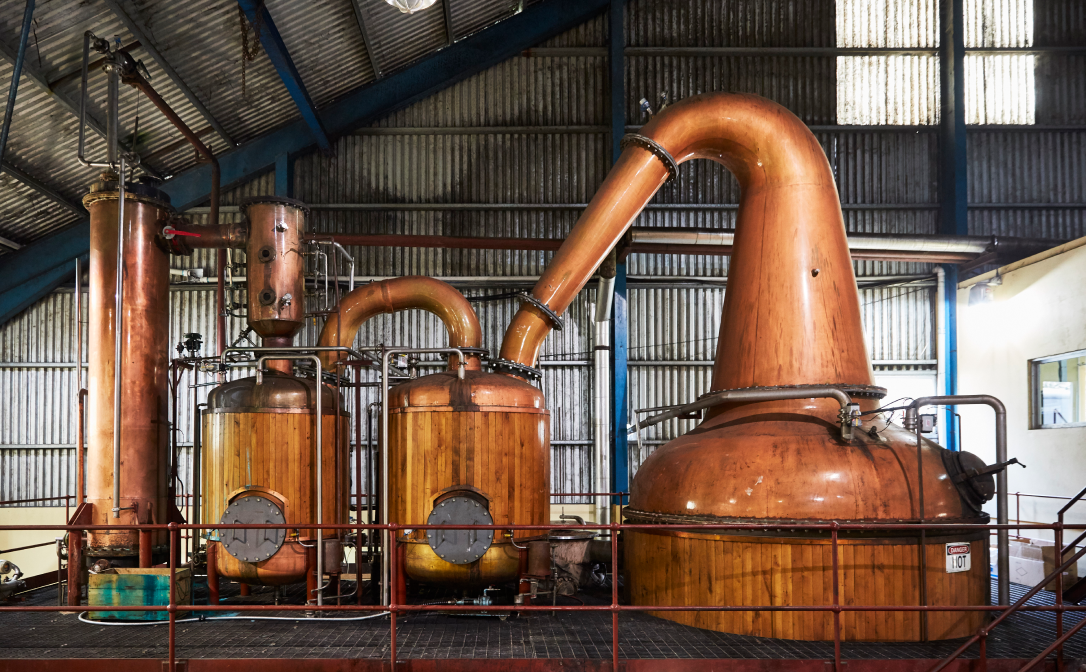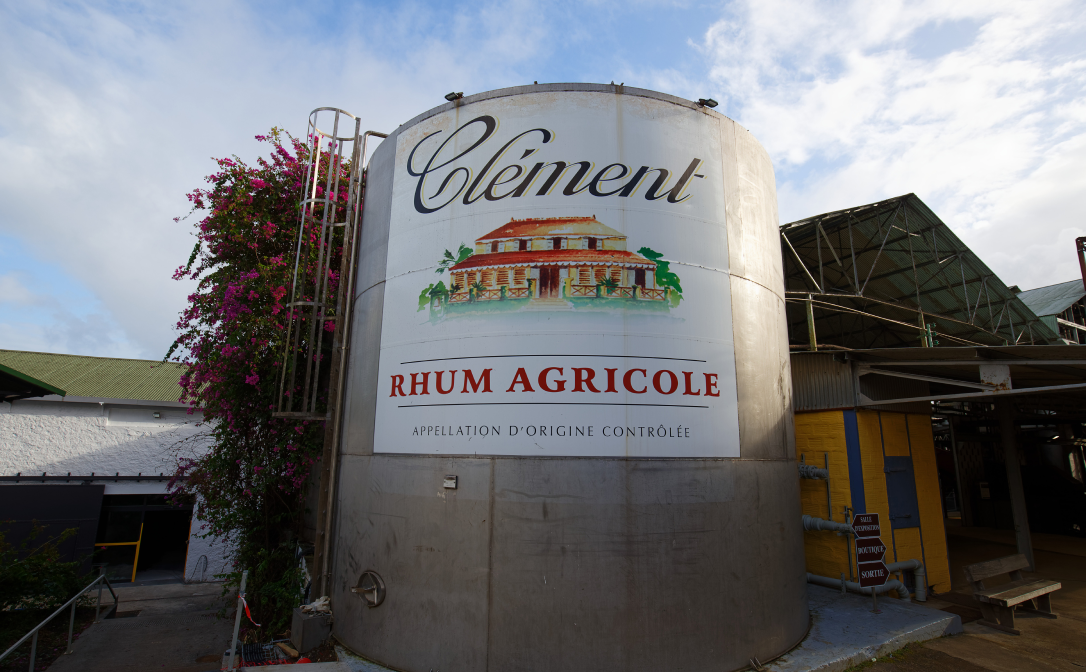Rum is a spirit category too often derided. Tropes such as ‘rum is always sweet’, ‘rum is just for cocktails’ or ‘rum has no rules’ still plague online articles, retail messages and, by association, the consumer mindset.
In truth, rum is a diverse category as any other, arguably more so, a point made regularly by rum experts around the world.
It’s universally agreed that rum is a spirit derived from sugar cane, and while it’s true that there are no international rules for how rum should be made, the same can be said for spirits made from grains, such as whisk(e)y, or fruit, namely brandy. However, these overarching spirit categories don’t seem to be scrutinised in the same way as rum is.
So, sugar cane is our starting point, but from there the spirit can diverge significantly depending on where it is made, and the histories and traditions that developed there. This article aims to introduce you to some of the styles, and some of the nations making these wonderful spirits.
If you're new to the exciting world of spirits but want to elevate your knowledge, check out our Level 1 Award in Spirits.
Cuba
Cuba is unique in the Caribbean, as it has been a communist state since the Cuban Revolution in 1959, meaning all production is overseen by the state. Therefore all production is tightly defined in law, with a recognised geographical indication, a set of rules, since 2013.
The rum production process is overseen by a small, select group of Maestro Roneros (rum masters) who are unique to this country and responsible for upholding the heritage of Cuban rum, which must be made from molasses from Cuban grown sugar cane. Molasses is the sticky treacle produced when sugar is refined into crystals and gives rum flavours of toffee and brown sugar.
Column stills are used to make distillates that are higher in ABV and lower in aromatic intensity than those typically found on other Caribbean islands. Therefore, it is maturation in oak that underpins much of the flavour of Cuban rum. At least two chapters of aging and blending can result in rums with complex notes of coffee, tobacco, nuts and chocolate, which emerge thanks to the interplay of oak, time and oxygen, while it rests in the Caribbean climate.
Brands such as Havana Club, Ron Santiago de Cuba and Eminente all have ranges that expertly present these production values and Cuba’s unique rum heritage.
Puerto Rico
This island is a particularly important rum producer for the US market, due to its political closeness to the USA. Bacardi, a rum brand known by all, originated in Cuba, but was forced to move all of their production to Puerto Rico due to the Cuban revolution. Bacardi continues to make rums in the Cuban style that it helped to pioneer. Alongside the former, Don Q made at Serralles distillery in the south of the island, is a recognised and globally available brand.
Jamaica
Jamaica has a geographical indication (GI), which underpin the production of anything labelled ‘Jamaica Rum’. While other sugar cane derivatives can be used, the majority of the spirit volume produced here is made from molasses. Maturation must take place in oak barrels on the island of Jamaica. Sugar addition is not allowed.
When talking of Jamaican rum, it would be remiss not to mention fermentation, and the production of high-ester marks which the country is renowned for. Esters are a combination of alcohols and acids, produced by yeast during fermentation. Some Jamaican distilleries use techniques to amplify their production, producing spirits with exaggerated, ripe fruit and striking floral aromas. These bold spirits contribute to blends that can be bottled at higher than usual strengths and labelled as ‘overproof’.
Iconic Jamaican rum brands include Wray and Nephew, an overproof, high-ester white rum, and a brand which is conspicuous throughout the country. Hampden Estate, a sugar estate and distillery in the north produces bold, high-ester rums of great reputation. Worthy Park has been a sugar producing estate since 1720 but only became a rum distillery in 2005. And of course, Appleton Estate produces a range of elegant rums with a gentler ester aroma, and in some cases use very long oak aging in this tropical climate.

A double retort pot still at Worthy Park.
Barbados
It’s argued that Barbados was the first rum producing Caribbean country. There are three large distilleries on this English-speaking Island, plus one smaller operator. At all of the distilleries, blending is key – characterful pot-distilled spirits are balanced with lighter column distilled spirits to make a harmonious, delicious whole.
Like in Jamaica, molasses is the main substrate used, but unlike Jamaica, spirits produced aren’t especially high in esters. Instead, maturation choices akin to Scotch whisky, such as the use of ex-sherry and ex-port barrels, has a substantial impact on the style of rums aged here. Mount Gay and Foursquare are the two most famous brands, and regularly win international acclaim.
Guyana
Guyana is unique in that export rum production here is dominated by a single company, Demerara Distillers Ltd (DDL), named after the famous river flowing northward into the Atlantic. DDL conglomerated the apparatus of several closed distilleries in the country, and therefore own and operate stills of huge variety - from a wooden column still, through traditional copper pot stills, and even a double retort still made from wood! Needless to say, a visit to this facility is a spectacle for any spirits geek!
The array of production apparatus and variety of spirits produced on them, makes DDL’s produce very important to the blending and independent bottling markets – multi-island blends are a sizable and interesting part of the rum category, bringing together the unique character of different islands to create a rich and composite whole. DDL is famous for brands such as El Dorado, Pusser’s, Lemon Hart and Lamb’s. Look out for independent bottlers who have released single marks from the special stills mentioned above.
Martinique
The only French speaking country on this short list, Martinique has its own appellation d'origine contrôlée (AOC) for Rhum Agricole. Rhum Agricole is made in other places, including the fellow French overseas territory, Guadeloupe. However, only in Martinique is it legally defined in this way
Agricole rums are not made from molasses, but sugar cane juice. The sweet sap of the cane that hasn’t been sent to sugar refinery. It has a much grassier and more vegetal aroma, and resultant spirits retain this characteristic. They also often present juicy and pungent fruit flavours because of elevated esters from fermentation. Distillation takes place on traditional short column stills which produce immodest spirits, with pronounced intensity and a forcible texture, which are blended and bottled in Blanc and Vieux styles.

Clement, one of the Rhum Agricole producers on the island of Martinique.
This is by no means a comprehensive list of rum producing nations, but we hope it whets your appetite for this fascinating category. Rum has rules, and the best of them will take their place alongside the most revered spirit categories in the world, have no doubt.
To learn more about rum from Grenada, Saint Lucia and Guyana, check out our rum series playlist on YouTube.


